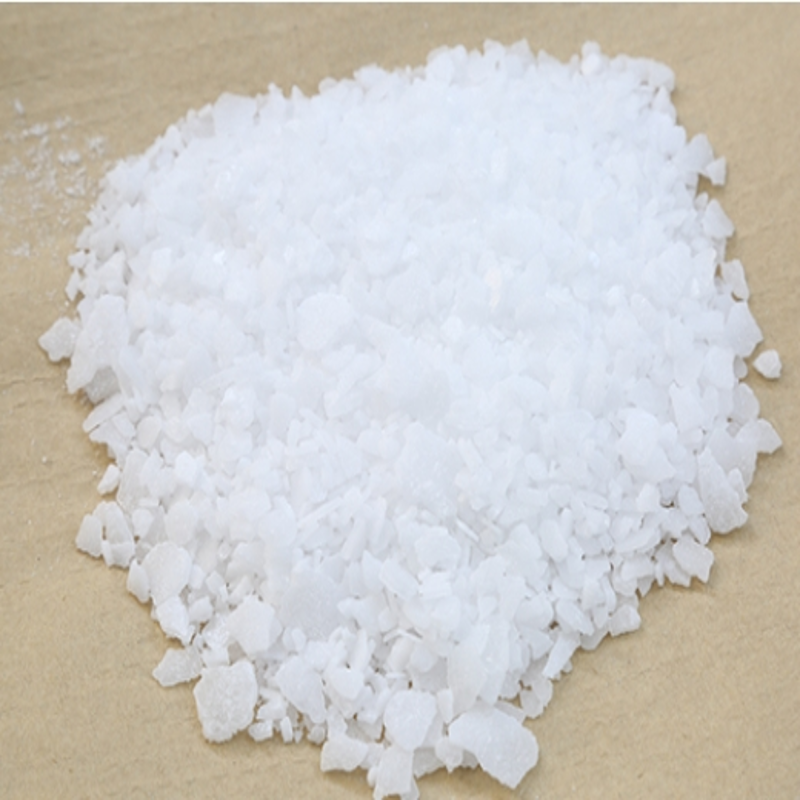-
Categories
-
Pharmaceutical Intermediates
-
Active Pharmaceutical Ingredients
-
Food Additives
- Industrial Coatings
- Agrochemicals
- Dyes and Pigments
- Surfactant
- Flavors and Fragrances
- Chemical Reagents
- Catalyst and Auxiliary
- Natural Products
- Inorganic Chemistry
-
Organic Chemistry
-
Biochemical Engineering
- Analytical Chemistry
- Cosmetic Ingredient
-
Pharmaceutical Intermediates
Promotion
ECHEMI Mall
Wholesale
Weekly Price
Exhibition
News
-
Trade Service
September 18, 2020 // -- In a recent study published in the international journal Nature Structural and Molecular Biology, scientists from the University of Leeds and others identified for the first time the structure of protein fibers associated with the onset of early onset type 2 diabetes, Amylin, a type of protein fiber Proteins that regulate the body's blood sugar levels, a small peptide hormone that accumulates and accumulates to form amyloid fibrils, a fibrous structure that is a hallmark of type 2 diabetes, are not yet known to researchers how the formation of these amyloid proteins induces type 2 diabetes.
: University of Leeds researchers say amyloid formation is also directly related to the development of a variety of other diseases, including Alzheimer's, Parkinson's and Huntington's. in the
study, researchers used the latest electroscopic techniques to visually reveal the structure of this pastetic fiber, which they speculated may make certain sequences of pastetics easier to form than others, a characteristic that is a major marker of early on on oncal type 2 diabetes. In the
paper, the researchers compared the dedextrote fibers (wild type) in the body's destetics from most populations and compared them to genetic mutation fibers called S20G in people with early-oncrcation type 2 diabetes, analyzing thousands of images that revealed how the destetic molecules gathered to form a fiber structure, which was stacked like ladders on a ladder, and revealed detailed interactions that bind the fibers together.
researchers say that wild pastetics and S20G versions of paste are not the same fibers, all wild fibers have two copies of paste in each cross-section, and some S20G fibers are the same, but importantly, the researchers found that each The layer has three S20G fiber forms of the pastelin fiber, which suggests that the fiber can form a template and lock more copies of the paste on it, which explains why S20G's mutant proteins can gather faster and are directly related to the rapid occurrence of disease.
This is a very exciting study because it reveals how larger aggregates are formed, which is critical to the occurrence and progression of disease, and now researchers know what happens, but never figure out how it happened, and this study may help researchers get some clues.
Researchers say that S20G proteins accumulate faster, and the results of this paper provide a theoretical basis for explaining this phenomenon, which is important not only for understanding the aggregation of pastetics, but also for understanding the occurrence of many amyloid diseases.
Finally, researcher Radford added that understanding amyloid may help us develop new diagnostic and therapeutic strategies for amyloid disease later on, and hopefully develop personalized treatments based on the different types of body fibers in patients.
() Original source: Gallardo, R., Iadanza, M.G., Xu, Y. et al. Fibril structures of diabetes-related amylins reveal a basis for surface-templated assembly. Nat Struct Mol Biol (2020). doi:10.1038/s41594-020-0496-3.







